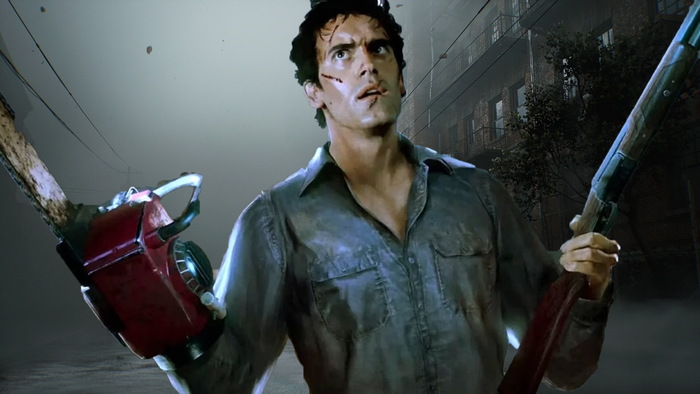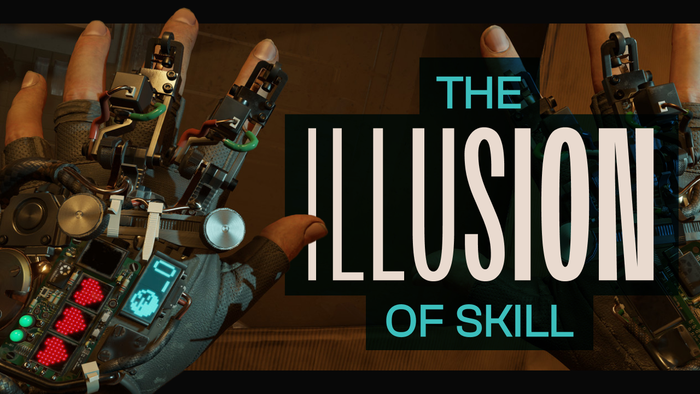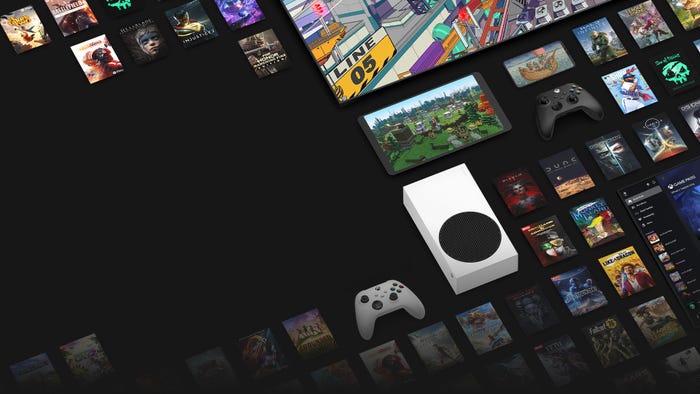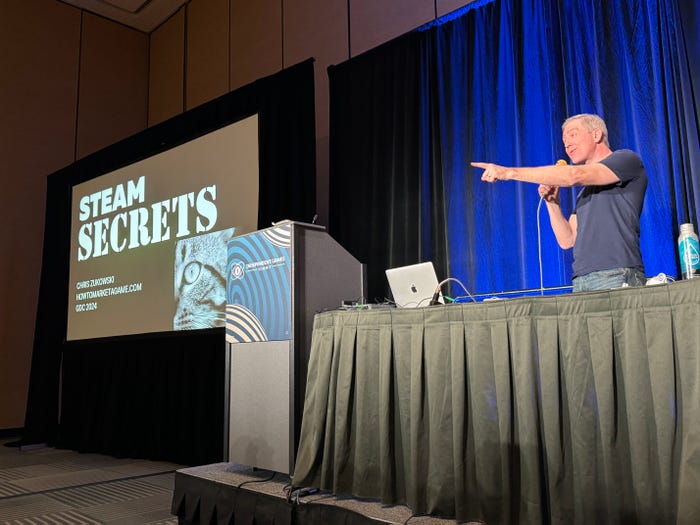Road to the IGF: Lucky Frame's Pugs Luv Beats
In the latest in our "Road to the IGF" series of interviews with 2012 IGF finalists, Gamasutra speaks with Lucky Frame's Yann Seznec about his team's 2012 IGF Excellence in Audio nominee Pugs Luv Beats.

[In the latest in our "Road to the IGF" series of interviews with 2012 IGF finalists, Gamasutra speaks with Lucky Frame's Yann Seznec about his team's 2012 IGF Excellence in Audio nominee Pugs Luv Beats.] In the tradition of music composition games like SimTunes, Lucky Frame's Pugs Luv Beats is an addictive iOS title that has you creating songs as you guide creatures around a map, making increasingly complex melodies as you progress and are introduced to new mechanics. The creatures in this game naturally are pugs, or colorful capsule-shaped versions of the puppies at least, and you need to help them recover Beats scattered around the universe. Each world you visit offers new opportunities for different kinds of musical patterns you can compose. As you collect beats, you trade them in for outfits to help your pugs better traverse the varying environments on each world. Each movement from the pugs, depending on the terrain, makes a different sound that adds to the unique symphony you've created for the world. Gamasutra spoke with the Scottish developer's founder and director Yann Seznec to learn more about Pugs Luv Beats, Lucky Frame's design decisions creating its musical mechanics, and what he believes are the most interesting audio developments for indies lately. What background do you have making games? Yann Seznec: Pugs Luv Beats is actually Lucky Frame's first game, in the strictest sense of the word. We'd been wanting to get into making games for a while -- Jon Brodsky (Lucky Frame's programmer) had been doing Ludum Dare and other game jams for a year or two, but most of our previous work had more to do with music, which is part of the core of our identity. For one thing, I was able to found the company in 2008 based on the success of the Wii Loop Machine, a hack that turned Wii remotes into musical instruments. After that, our main mobile release was Mujik for iPhone, a surrealist music toy. It got a lot of wonderful attention, mostly because it was a music app that did not fall into the cliches of nearly every other music app in the store! That showed us that there was really some space in the creative world for new approaches to music. It was a logical step from there to start making games, particularly since the "music game" genre was really starting to feel tired. So that's how we started getting into making games! What development tools did you use? At the moment, we are pretty much entirely developing for iOS, so we have to use the standard Apple stuff of course. In addition to that, we are using openFrameworks, Lua, and our own game engine on top of that called Blud, which is inspired by Love2d and Flixel. The audio is all done using Pure Data through libpd and ofxPd. This let us do really rapid high quality audio and music, and it let me handle all of the audio development, which is great since I'm not a coder! For a music game like Pugs Luv Beats it was super important to design a really flexible and strong generative music system, and Pure Data was perfect for the job. How long had your team been working on the game? We starting our early thinking in March 2011, and began prototyping in May. We released in December 2011, so nearly seven months! How did you come up with the concept for Pugs Luv Beats? Our original concept was we wanted to blur the lines between music composition and gameplay. I'm really interested in the relationships between those two things -- in many ways composition and game design share a lot of concepts and theory. We wanted to make a game where the gameplay generated music, rather than followed an established musical direction. That was our main philosophy, and we spent a long time just deciding what kind of game to make. We eventually made a prototype that had characters moving around a grid generating sound, which satisfied our desire to make something that was both fun and generated cool music. From there we needed strong characters to make the game more wonderful, and pugs in costumes seemed like something that hadn't been properly addressed in the game world. Once you have pugs in costumes, it's a pretty small jump to give them their own universe and civilization, whilst keeping them really cute and dumb. I presume you've seen similar games with user-created music like SimTunes and Isle of Tune? I wonder what kind of lessons or ideas you took from those titles? Of course! Well, to start with SimTunes, that was made by Toshio Iwai, who is a massive influence on virtually all of our projects. He is completely amazing. Both Mujik and to a certain extent Pugs Luv Beats are heavily indebted to his work both in terms of aesthetic (Elektroplankton) as well as music generation mechanics (Tenori-on). Similar to the Tenori-on and also deserving of a respectful nod is the Monome, a brilliant minimalist grid based music generation system. Isle of Tune is also fantastic. It's particularly impressive how they are able to hide a fully functional music system in such adorable graphics. It ends up appealing to both hard core music producers, who recognize the depth it has, as well as casual players, who just like watching the cars. That's something we also wanted to achieve, though the layer we wanted to add was that of a game, one that is constantly evolving and a unique experience for every player. In order to do that we needed to insert many more unknowns, so that players need to explore the planets bit by bit to hear what they sound like, for example. I also need to mention Bebot, which is such a brilliant music app, and one that we are obviously referencing with our synth. The concept might seem very new or different to most players who've never seen anything like this before, I imagine. What steps did you take to try to immediately keep their attention and convince them this is something they want to try? The first five minutes of gameplay are the hardest, for a game like this. We probably worked on that for a month, once everything else was finished. We tried a number of different approaches, and the best one we found was to guide the player through the first few worlds with a helper: Mr Puggles! He's pretty funny. He wears a sombrero and talks with a synthesizer. But apart from that, the main things that we needed to make sure people experienced right away were:
The pugs running around. They are adorable.
The creation of sound by the pugs running around. These makes the player aware of their agency, that they made that sound by making the pug run there.
Giving the pugs costumes. They are hilarious.
Showing the effect that the costumes has on the speed and sound generation of the pugs. This is another example of player agency.
So the tutorial makes sure to show all of those things. Once people grasp those concepts they tend to get interested. Then, when they discover the synth, which we don't explicitly tell them about, they are hooked. It's quite funny to watch. In my experience at least, there can be long stretches when you're waiting for your pugs to collect enough beets before you can progress to the next stage or build the next house. Was that intentional, extending gameplay or forcing players to listen to their creation? This is a really interesting question. The first thing to say is that our next update is going to allow people to purchase Beats in the game. We actually wanted to include that in the first release but we didn't have time. However, the more direct answer to your question is that the music is designed to be something that you can do whilst you're collecting beats. You can constantly be working on your tunes, playing around and remixing and trying new things. Most collection games have some sort of mechanic like this, things that you can do while you wait for stuff to happen, and we want the music generation to take that place. We're going to make this even more fun in some coming updates by making the synth playing and other things more rewarding within the game itself. What's next for Lucky Frame? [We just released] a super fun spinoff of Pugs Luv Beats -- a free version of just the synth part of the game, which lets you dress up pugs and make them sing. It's hilarious! After that, we are going to work on some updates for Pugs Luv Beats, and then it's on to a totally different music composition game, with a targeted release in the spring. Should be awesome! Have you played any of the other IGF finalists? Any games you've particularly enjoyed? A lot of them aren't out yet, but I'm really excited to play them! Realm of the Mad God is obviously awesome and hilarious. And I haven't played English Country Tune yet, but it looks amazing. What do you think of the current state of the indie scene? I think it's super exciting, and it's really awesome to be playing a tiny part in it. For many reasons (platforms, prices, etc), it's probably bigger than it's ever been, which means there are loads of amazing games coming out, and they are easier to find and play than ever. I think the scene is probably going to have some growing pains -- maybe the (generally silly) complaining about the IGF awards is indicative of that, but to me that illustrates that it is becoming much more mainstream, which is a generally good thing. Maybe, if we are comparing it to music, the indie game scene now is kind of like alternative music in early 1992, and Minecraft is Nirvana's Nevermind. So my hope is that it will lead to the equivalent of OK Computer in six years (though there will probably be a lot of Creed and Nickelback too). And the real question is whether there will be a totally different scene emerging kind of like Hip Hop! Who will be the Tribe Called Quest of indie games? Maybe my metaphor is getting a bit stretched. What are the most interesting developments you're seeing in the audio space, in terms of tech or ideas, for indies? libPD! I already mentioned it, but man it's awesome. I think it opens up really deep audio programming and generative and algorithmic music techniques to a much wider audience. Also the work that RjDj are doing in terms of reactive audio is super interesting, and I'm looking forward to seeing what they come up with next. Otherwise the most exciting music game on the horizon looks like Beat Sneak Bandit, it seems like it's going to be taking a really different approach to a rhythm game, which is a genre that is desperately in need of a facelift!
Read more about:
2012About the Author(s)
You May Also Like
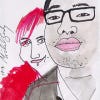
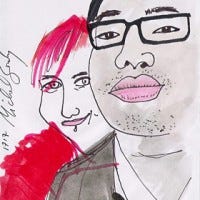
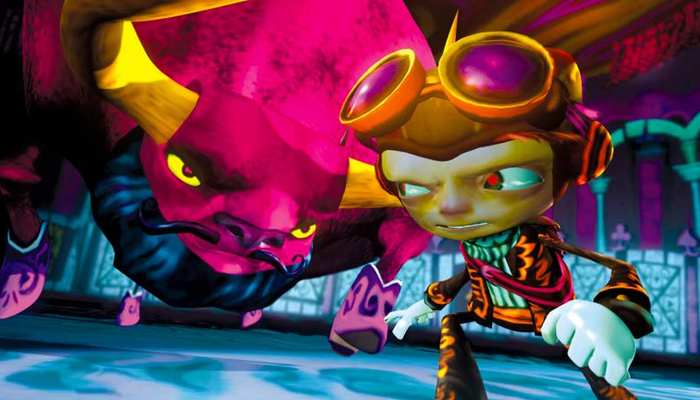


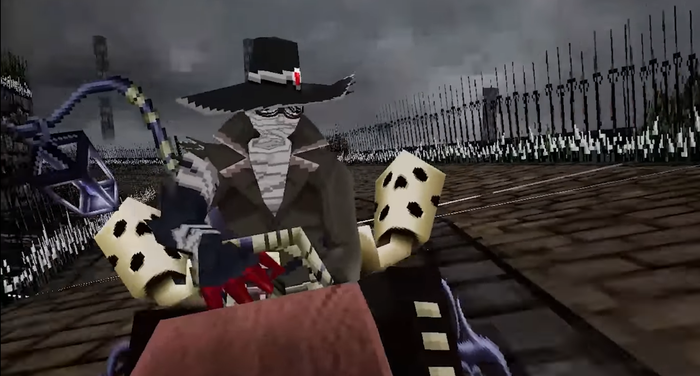
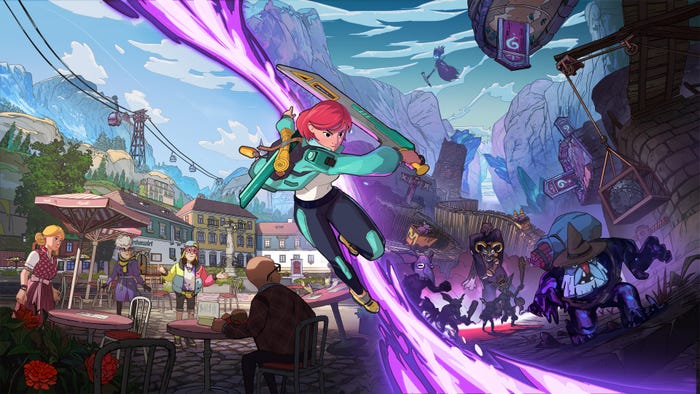
.jpeg?width=700&auto=webp&quality=80&disable=upscale)


